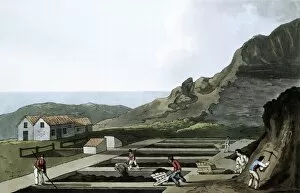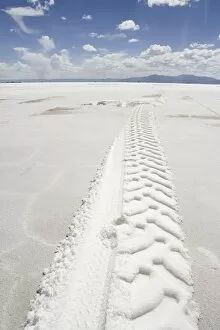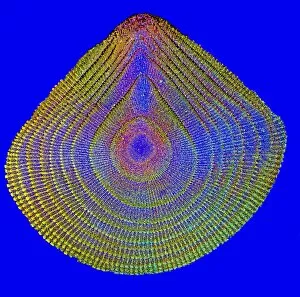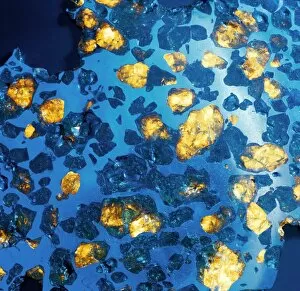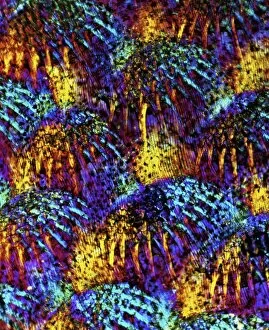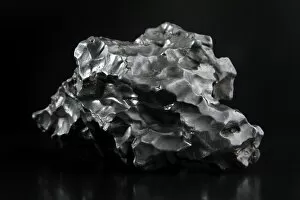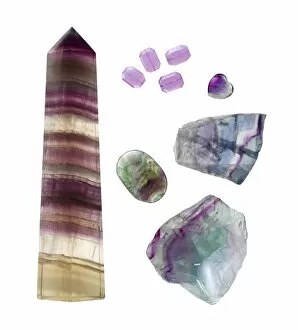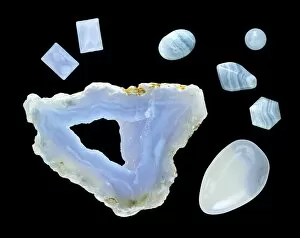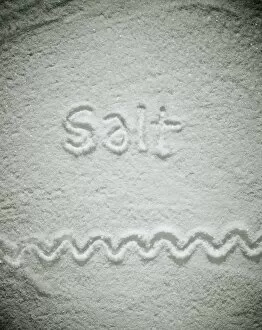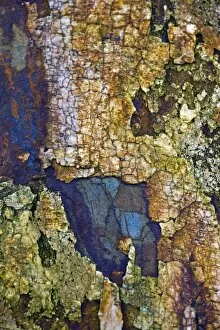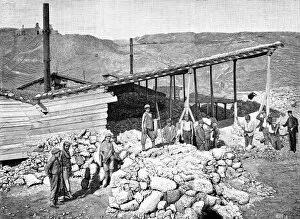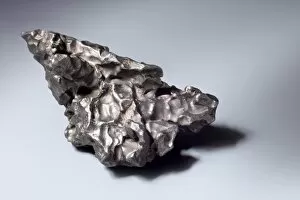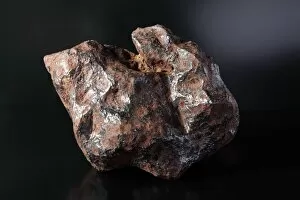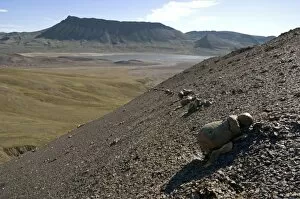Mineral Collection (#86)
"Unearthing the Beauty: Exploring the World of Minerals" Step into a world where nature's treasures shine bright
For sale as Licensed Images
Choose your image, Select your licence and Download the media
"Unearthing the Beauty: Exploring the World of Minerals" Step into a world where nature's treasures shine bright. From the depths of Cornwall, England, to the coal mines of the 1850s and beyond, minerals have captivated humanity for centuries. In Carnon Stream Works, Perranarworthal, Cornwall, England, gold gleams in its purest form. Its allure has sparked dreams and ambitions throughout history – just like during the Australian Gold Rush in the 1850s when prospectors flocked to unearth their fortunes. Harold Harvey's masterpiece "The Clay Pit" transports us back to a time when coal mining shaped communities in England during the 19th century. The grit and determination of those miners echo through time as they delved deep into darkness to fuel industrial progress. Polkanuggo Quarry in Stithians witnessed an era of extraction that left lasting imprints on both land and culture. Harold Harvey captures this momentous period with his skilled brush strokes – from copper and magnesium sulphate discoveries to calcareous phytoplankton fossils preserved for eternity. Leswidden's China Clay Pit reveals another facet exploration; here lies a delicate balance between human intervention and natural beauty. Harold Harvey once again immortalizes this scene with his artistic prowess. As we delve deeper into our planet's geological cross-section through Earth's crust, we uncover secrets hidden beneath our feet. Picture No. 10984558 serves as a window into these mysteries waiting to be unraveled by curious minds. Aquamarine crystals glisten like drops from Poseidon himself – enchanting all who lay eyes upon them with their ethereal hues reminiscent of tranquil waters, and are not mere commodities; they represent stories etched within Earth itself – tales told through layers upon layers over millions of years. They remind us that even amidst chaos and change, there is enduring beauty waiting patiently to be discovered.









